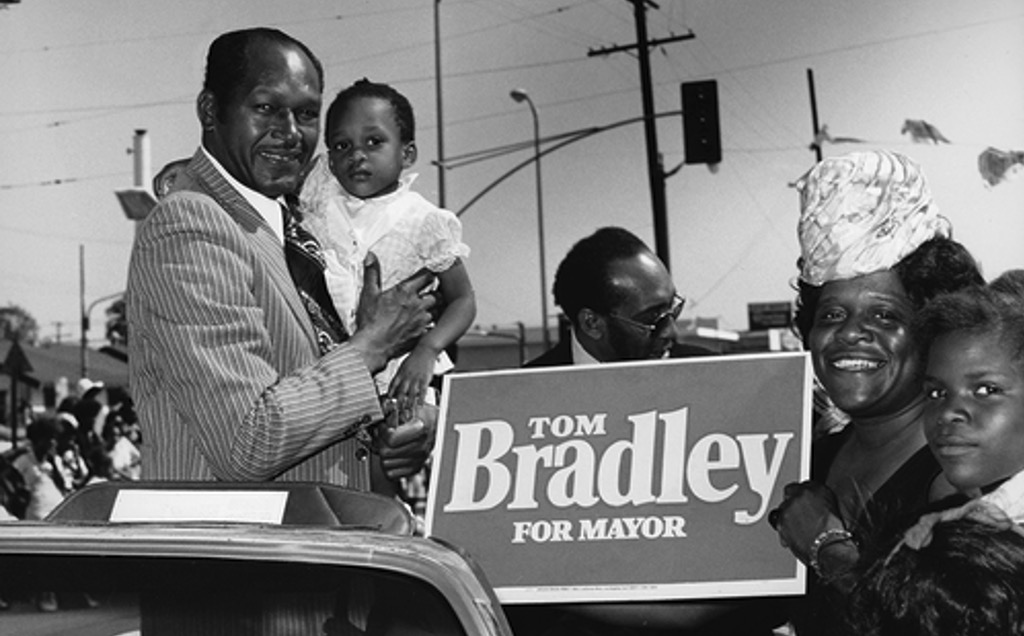Comments
PLANNING WATCH - Unlike the boosters at LA County’s Board of Supervisors, LA’s City Hall, and the Southern California Association of Governments (SCAG), the State of California’s Department of Finance predicts that LA County and LA City will experience major population decline. This agency predicts that LA County’s population will decline by 1.7 million people by 2060. A proportionate decline in the LA’s population would result in 3,216,000 people in 2060, a loss of 500,000 people from 2023.
The State Finance Department’s demographers offer several reasons for this population decline. First, birth rates are declining as LA’s population ages, and, second, reduced in-migration and a steady stream of out-migration incrementally reduces the population.
How do these forecasts compare to City Hall’s own population predictions?
- LA’s 1970 Concept General Plan had a 20 year planning horizon. It predicted that LA’s population would reach 5,000,000 people by 1990. This is 1.3 million people more than the Federal census in 1990.
- In 1996 the General Plan Framework forecast that Los Angeles would have 4,306,500 people by 2010. In fact, the 2010 census counted 3,792,621 or 500,000 people fewer than predicted.
- In New Geography demographer Wendell Cox identified four false City Hall claims between 2010 to 2017 that LA’s population had surpassed 4,000,000 people. Nevertheless, the 2020 Federal Census counted 3,889,834 people in Los Angeles.
- Three years later, in 2023, the State’s Finance Department calculated LA’s population to be 3,766,100 people.
Why do these population numbers matter? Despite this accumulating evidence of population decline, LA’s Planning Department maintains that the city’s population is still growing. This is their justification for planning policies that increase the legal density of parcels through their euphemism: re-zoning. The correct term is up-zoning, and it allows developers to build larger, denser, taller, and more profitable apartment buildings, without expensive, time-consuming zone variances and zone changes. Since up-zoning increases the market value of parcels, property owners also flip their buildings to pocket their windfall profits.
While the General Plan Framework does not present explicit criteria for upzoning, it contains implementation programs that could identify parcels for up-zoning.
“Implementation Program 42 -- Establish a Monitoring Program to . . . assess the status of development activity and supporting infrastructure and public services within the City of Los Angeles. The data that are compiled can function as indicators of (a) the rate of population growth, development activity, and other factors that result in demands for transportation, infrastructure, and services; (b) location and type of infrastructure investments and improvements, and . . . (d) Identify existing or potential constraints or deficiencies of other infrastructure in meeting existing and projected demand. . . “
According to LA’s General Plan Framework element, parcel-level and neighborhood up-zoning should be based on two criteria:
- The demand for housing in an area has surpassed the capacity of existing zoning.
- The neighborhoods targeted for upzoning should have sufficient infrastructure to meet the needs of more people and buildings.
But since LA’s population has been consistently over-estimated since 1970, the pretext that the city’s still expanding population must be accommodated through residential up-zoning has vanished. LA’s declining population ought to increase vacancy rates, and more apartments and houses should become available at lower prices.
Population decline, however, does not automatically counter the repeated claims that LA’s Community Plans must be up-zoned to meet a growing populations’ unmet need for housing. For example, even though the Federal census shows continued population decline in Hollywood for the past 30 years, its new Community Plan claims that Hollywood’s population is still growing, and the area must, therefore, be up-zoned.
Hollywood Community Plan Table 2-1: Population
Existing population in 2016: 206,000
2040 Projection: 226,000
Plan’s Reasonable Expected Population: 243,000 - 264,000
Nevertheless, the 2020 census for the Hollywood Community Plan area was 190,000 people. In fact, between 1990 to 2010, the Hollywood Community Plan area lost 15,000 people, more evidence that Hollywood’s population is in long-term decline.
Furthermore, the Hollywood’s Community Plan’s existing zoning allows its population to more than double, reaching 470,000 people. This is 264,000 more people than the new plan’s arbitrary 2040 Reasonable Expected Population. If Accessory Dwelling Units and Transit Oriented Community Density Bonuses were included, the Hollywood’s Community Plan area could host 630,000 people without adopting any up-zoning ordinances. The claims that an ever-expanding Hollywood population could only meet its housing needs through up-zoning is totally false.

Transit Oriented Districts are one path to “re-zone” Los Angeles.
The city’s upzoning approach will therefore not solve the homeless crisis, even though City Hall sticks with inflated population numbers to justify its “re-zoning” ordinances. But LA already has tens of thousands of parcels on commercial transit corridors whose zoning allows by-right apartments. Developers could care less and build McMansions and expensive, car-oriented, high-rise apartment buildings.
Other barriers faced by up-zoning are here to stay. Upzoning does not build the public housing that historically met the shelter needs of low-income families. Upzoning also cannot respond to changes in the workforce, such as the displacement of low-income people with high-income high tech employees working in LA’s Silicon Beach. Finally, upzoning cannot solve the basic cause of the housing crisis, increased income inequality in the United States.
(Dick Platkin is a retired Los Angeles city planner who writes about local planning issues for CityWatchLA. He is a board member of United Neighborhoods for Los Angeles (UN4LA). Previous columns are available at the CityWatchLA archives. Please send questions and corrections to [email protected].)
















